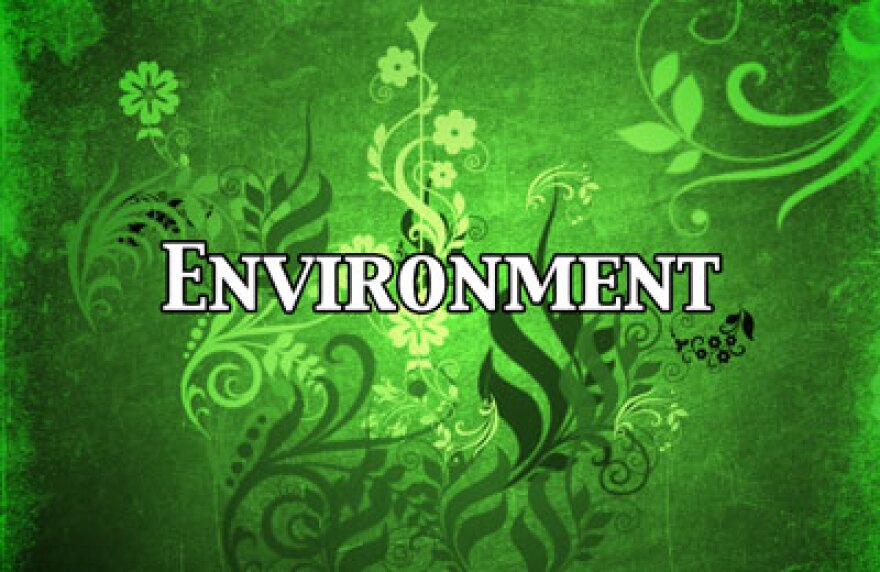The Environmental Justice Health Alliance for Chemical Policy Reform (EJHA) and People Concerned About Chemical Safety (PCACS), joined by the Natural Resources Defense Council (NRDC), sued the Environmental Protection Agency today, citing its decades-long failure to prevent and contain the discharge of dangerous chemicals from thousands of industrial facilities around the country.
The absence of such regulations, the groups said, poses serious public health risks, especially to residents of low-income neighborhoods and communities of color, where facilities that manufacture, store, and use hazardous substances tend to cluster.
The lawsuit, filed today in the United States District Court for the Southern District of New York, asks the court to require EPA to issue regulations to prevent hazardous substance spills from industrial facilities, including above-ground storage tanks. Although Congress mandated that EPA issue these regulations “as soon as possible” in 1972, the agency has never done so.
In an earlier letter to EPA, EJHA, PCACS, and NRDC cited data from the U.S. Coast Guard National Response Center on thousands of non-transportation-related hazardous substance spills that ended up contaminating waterways.
The Coast Guard’s data showed that, between 2005 and 2014, there were 18,764 such spills; in 1,294 of those cases, hazardous substances reached bodies of water.
Among the more serious such incidents in recent years were spills in Garyville, Louisiana in 2006, involving 2,500 gallons of sodium hypochlorite; in Madera, California, involving 13,000 gallons of sodium hydroxide; and in Petersburg, Virginia, involving 257,000 pounds of iron chloride, 73,000 pounds of hydrochloric acid, and 22,000 pounds of zinc chloride, among other harmful substances. Exposure to chemicals like these is dangerous and, in some instances, fatal.
At the time of the 2006 spill, Garyville’s population was more than 50 percent African-American. Madera’s population is more than 75 percent Hispanic or Latino. Petersburg is nearly 80 percent African-American. In all three communities, more than one-quarter of the residents live below the poverty line.
“We need strong prevention regulations for hazardous substance spills. Today we have none,’’ said Richard Moore of Albuquerque, N.M., co-coordinator of the EJHA, a nationwide environmental justice grassroots network.
“Without such protections, all communities are at risk—but especially residents of disadvantaged communities. It’s time for EPA to clean up its act.”
EJHA’s 2014 report, Who’s in Danger: A Demographic Analysis of Chemical Disaster Vulnerability Zones,documented the disproportionate impact of chemical releases from 3,433 industrial facilities across the United States.
``Hazardous substance spills pose a significant public health threat, particularly to those who live in low-income communities and communities of color,’’ said Pam Nixon, the spokesperson for PCACS, a community organization based in West Virginia’s heavily industrial Kanawha Valley.
Just last year, communities in the Kanawha Valley experienced first-hand a major hazardous spill, when an estimated 7,500 gallons of a chemical used to clean coal leaked from a storage facility into the Elk River, just upstream from a large water-treatment plant that supplies Charleston its drinking water. The contamination deprived nearly of 300,000 citizens of access to clean tap water for a week.
“For more than four decades, EPA has failed to comply with a legal requirement under the Clean Water Act to issue regulations that would protect the public from hazardous substances spills from industrial facilities. It is long overdue in addressing this health and environmental threat, and injustice,’’ said Erik Olson, director of the Health and Environment Program at NRDC.
# # #
The Natural Resources Defense Council (NRDC) is an international nonprofit environmental organization with more than 2 million members and online activists. Since 1970, our lawyers, scientists, and other environmental specialists have worked to protect the world's natural resources, public health, and the environment. NRDC has offices in New York City; Washington, D.C.; Los Angeles; San Francisco; Chicago; Bozeman, Montana; and Beijing. Visit us atwww.nrdc.org and follow us on Twitter @NRDC.


